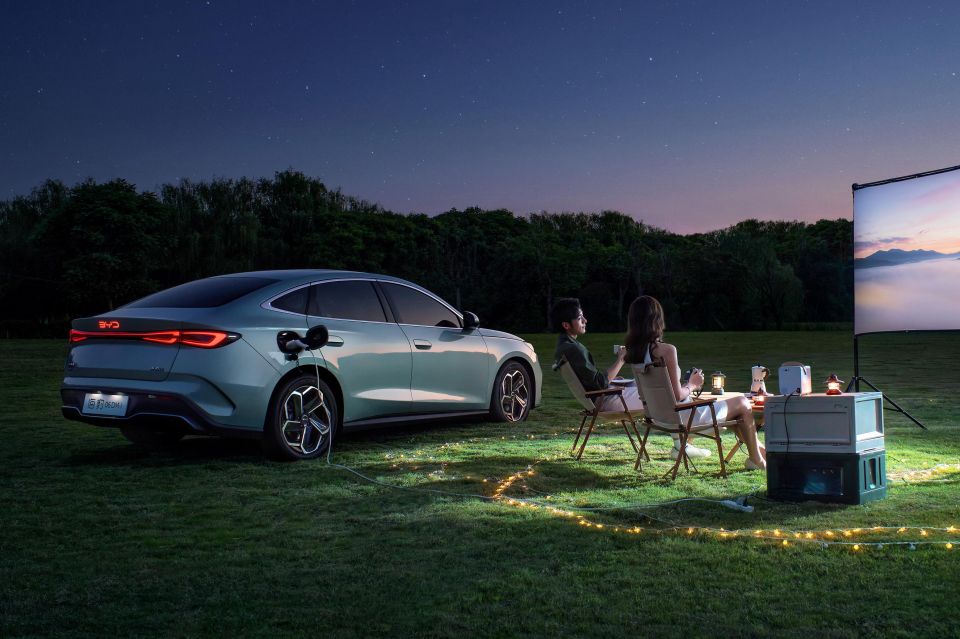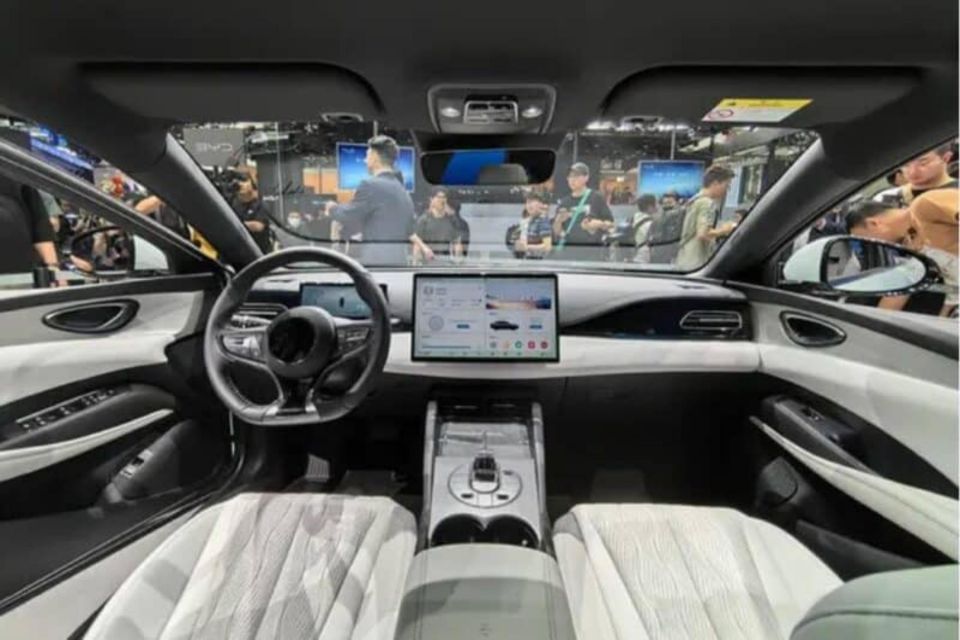The BYD Seal 06 plug-in hybrid (PHEV) sedan will be joined by a PHEV wagon in China late this month, and BYD Australia says the model line is an ideal candidate for local showrooms.
Priced identically to the BYD Dolphin electric hatch in China – which starts at $29,990 drive-away in Australia – the Seal 06 DM-I could potentially usurp the Hyundai i30 to become Australia’s cheapest sedan.
“The Seal 06 being a DM [hybrid] product, there’s a very strong appetite for hybrids and plug-in hybrids in Australia, so yes, something like that in our lineup would be fantastic,” BYD Australia product lead Sajid Hasan told CarExpert.
The Seal 06 DM-I wagon – the first PHEV wagon that BYD has produced – was shown at the 2025 Shanghai motor show in April.
Hundreds of new car deals are available through CarExpert right now. Get the experts on your side and score a great deal. Browse now.

It’s scheduled to join the Seal 06 sedan in Chinese showrooms in the coming weeks after the sedan was launched in 2024.
While the Seal 06 is also offered with an electric powertrain, it’s the plug-in hybrid sedan and wagon BYD Australia has a keen eye on.
“Positioning of that model in the lineup would be on the more affordable end of things like in China, so you imagine that that would have a nice role in Australia as well,” Mr Hasan told CarExpert.
The Seal 06 has already been confirmed for right-hand drive production.
It would join BYD’s growing lineup of PHEVs in Australia, which includes the mid-size Sealion 6 SUV that was Australia’s best-selling PHEV in 2024.
Confusingly, despite the name the Seal 06 is not a replacement for the existing Seal electric sedan sold in Australia, but is a different vehicle adding 30mm in length and 35mm more height.

The Seal 06 sedan has a 2790m wheelbase – compared to a Toyota Camry at 2825mm – and is 4830mm long, 1875mm wide and 1495mm high.
The Seal 06 DM-I wagon is around 20mm longer, 15mm higher and 10mm wider, but full specifications have not yet been made public.
The Seal 06 DM-I sedan is priced from ¥99,800 in China ($21,300) – the same starting price as the BYD Dolphin, which is $29,990 drive-away in Australia.
The wagon goes on sale in June 2025 and is expected to cost from ¥109,800 ($23,421).
Meanwhile, the sedan is offered in five grades with the top-spec version costing ¥139,800 ($29,820).
There are two different output hybrid powertrains across the range for both the sedan and wagon.

For the sedan, they both use a 74kW/126Nm 1.5-litre four-cylinder petrol engine, but with a 120kW/210Nm front axle electric motor on lower-spec and a 160kW/260Nm motor on higher model grades.
The entry-level 10.08kWh battery is also replaced with a 15.87kWh version for higher-spec versions, with electric-only range increasing from 80km (CLTC) to 120km (CLTC).
Combined fuel economy claims are 2.9L/100km and 3.08L/100km for the two different hybrid powertrains.
There are currently no medium or large PHEV passenger cars offered in Australia by mass-market brands, though the Toyota Camry hybrid – despite its lack of plug-in capability – presents as a logical competitor.
Skoda is also launching a PHEV version of its Superb.
BYD continues to expand its product lineup in Australia after it announced it would take over local distribution from importer EVDirect.
Since the announcement, it has appointed former Honda Australia director Stephen Collins as its chief operating officer and confirmed the Atto 2 small SUV as well as its first seven-seat SUV, the Sealion 8, for local showrooms.
MORE: Everything BYD

